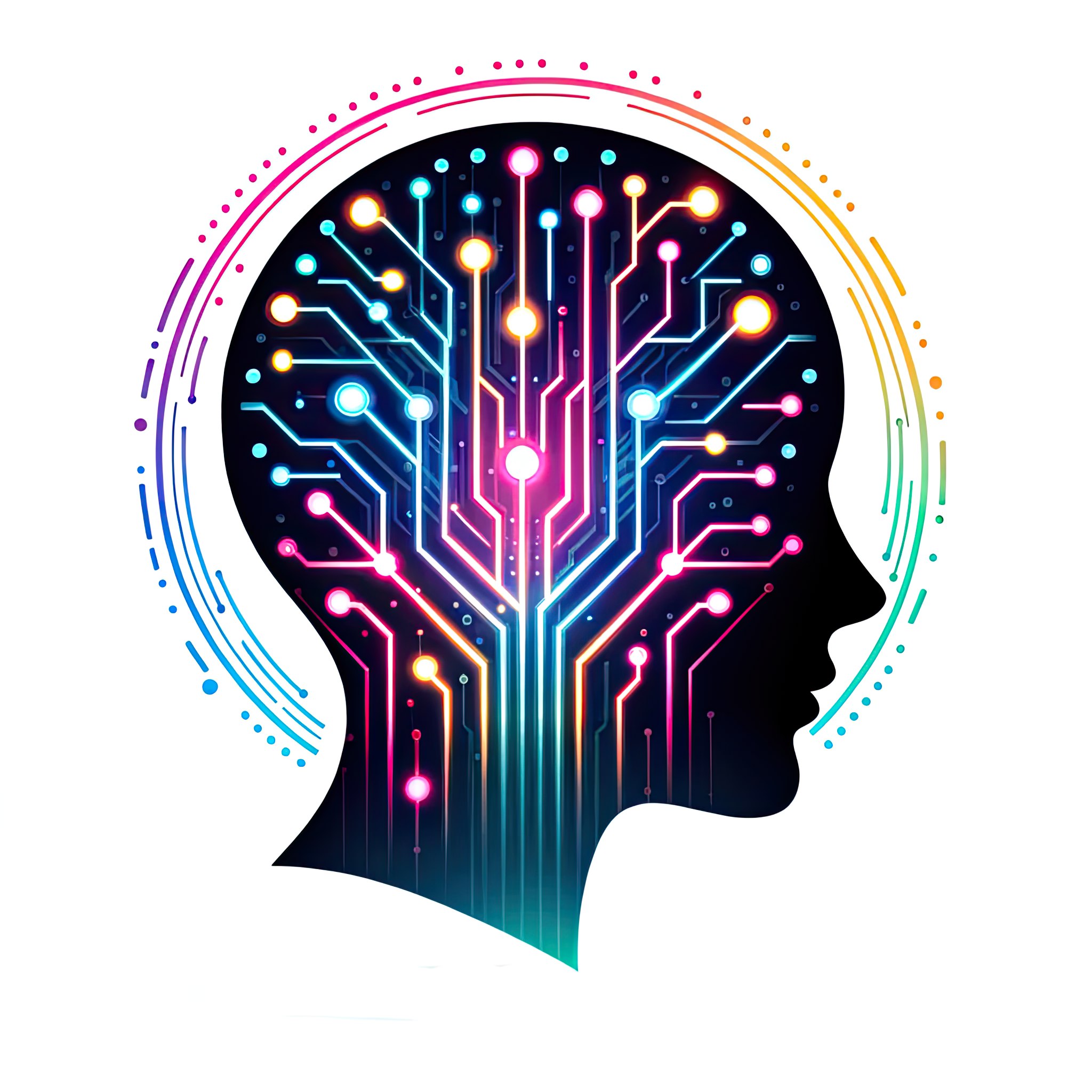Neural networks are sophisticated models in artificial intelligence designed to mimic the functioning of the human brain. These models consist of numerous small units known as “neurons” that collaboratively work to solve various problems. Each neuron receives input from other neurons or external data sources and based on this input, it can activate or deactivate the transmission of signals to neighboring neurons. The human brain contains an estimated 100 billion neurons, but artificial neural networks can vary widely in size depending on the specific model and the complexity of the problem being tackled. Some of the most advanced artificial neural networks today feature millions or even billions of neurons. For instance, OpenAI’s GPT-3 model boasts 175 billion parameters, which can be likened to neurons in a human brain. However, the number of neurons alone does not determine a neural network’s problem-solving capabilities. The network’s architecture, the type of input data, and the learning methods employed are crucial factors that significantly impact its performance.
Early Development of Neural Networks
The journey of neural networks began in 1966 with Frank Rosenblatt, an American psychologist and computer scientist. He developed the Perceptron, a pioneering system capable of learning to recognize patterns in manually provided data. Despite its innovative approach, the Perceptron had limitations and couldn’t solve more complex problems. Over the decades, advancements in computational power have allowed neural networks to grow significantly in size and complexity. Modern neural networks, like Google’s AlphaGo, require specialized hardware and extensive computational resources, consuming tens of thousands of CPU hours for training. Conversely, smaller, less complex networks can be trained efficiently on standard personal computers.
Learning Methods in Neural Networks
Neural networks primarily use two types of learning: supervised and unsupervised learning. In supervised learning, models receive input-output pairs and learn to produce the correct outputs from given inputs. In unsupervised learning, models only receive input data and attempt to identify patterns and structures without predefined outputs. This versatility in learning methods enables neural networks to adapt to a wide range of applications.
Achievements in Artificial Intelligence
Artificial intelligence has achieved remarkable feats across various fields, often surpassing human capabilities. In 1997, IBM’s Deep Blue defeated world chess champion Garry Kasparov. Similarly, in 2016, Google’s AlphaGo triumphed over Go champion Lee Sedol. AI has also excelled in machine translation, achieving highly accurate translations that often surpass human translators. In image recognition, AI systems now identify objects, animals, and people with greater precision than humans.
Historical Milestones in AI Development
The history of artificial intelligence is marked by significant milestones that have shaped its evolution:
- 1943: Warren McCulloch and Walter Pitts publish a groundbreaking paper on neural networks.
- 1950: Alan Turing introduces the Turing Test to determine machine intelligence.
- 1952: The first programmable digital computer, UNIVAC, is developed.
- 1956: The term “artificial intelligence” is coined at the first AI conference at Dartmouth College.
- 1957: The Logic Theorist, the first AI program, is developed to solve logic problems.
- 1959: Arthur Samuel defines machine learning, emphasizing the ability to learn without explicit programming.
- 1960: Joseph Weizenbaum creates ELIZA, the first natural language processing program.
- 1964: Danny Bobrow’s QA system becomes the first AI capable of understanding natural language queries.
- 1966: Frank Rosenblatt’s Perceptron lays the foundation for neural network-based AI systems.
- 1971: The Mycin expert system is developed to diagnose blood infections.
- 1980: The Belle chess program becomes the first AI to defeat a world champion in an abstract game.
- 1987: The Unimate robot receives the first patent granted to a robot.
- 1997: Deep Blue defeats Garry Kasparov in chess.
- 2005: The Stanley robot car wins the DARPA Grand Challenge, marking a milestone in autonomous vehicles.
- 2011: IBM’s Watson wins Jeopardy against two human champions.
- 2014: Google’s AlphaGo wins against a human Go champion.
- 2018: DeepMind’s AlphaZero receives the Lovelace Medal for outstanding achievements in computing.
These milestones illustrate the rapid advancement and expanding capabilities of artificial intelligence, which continue to evolve and integrate into various aspects of human life.
All images and all text in this blog were created by artificial intelligences

